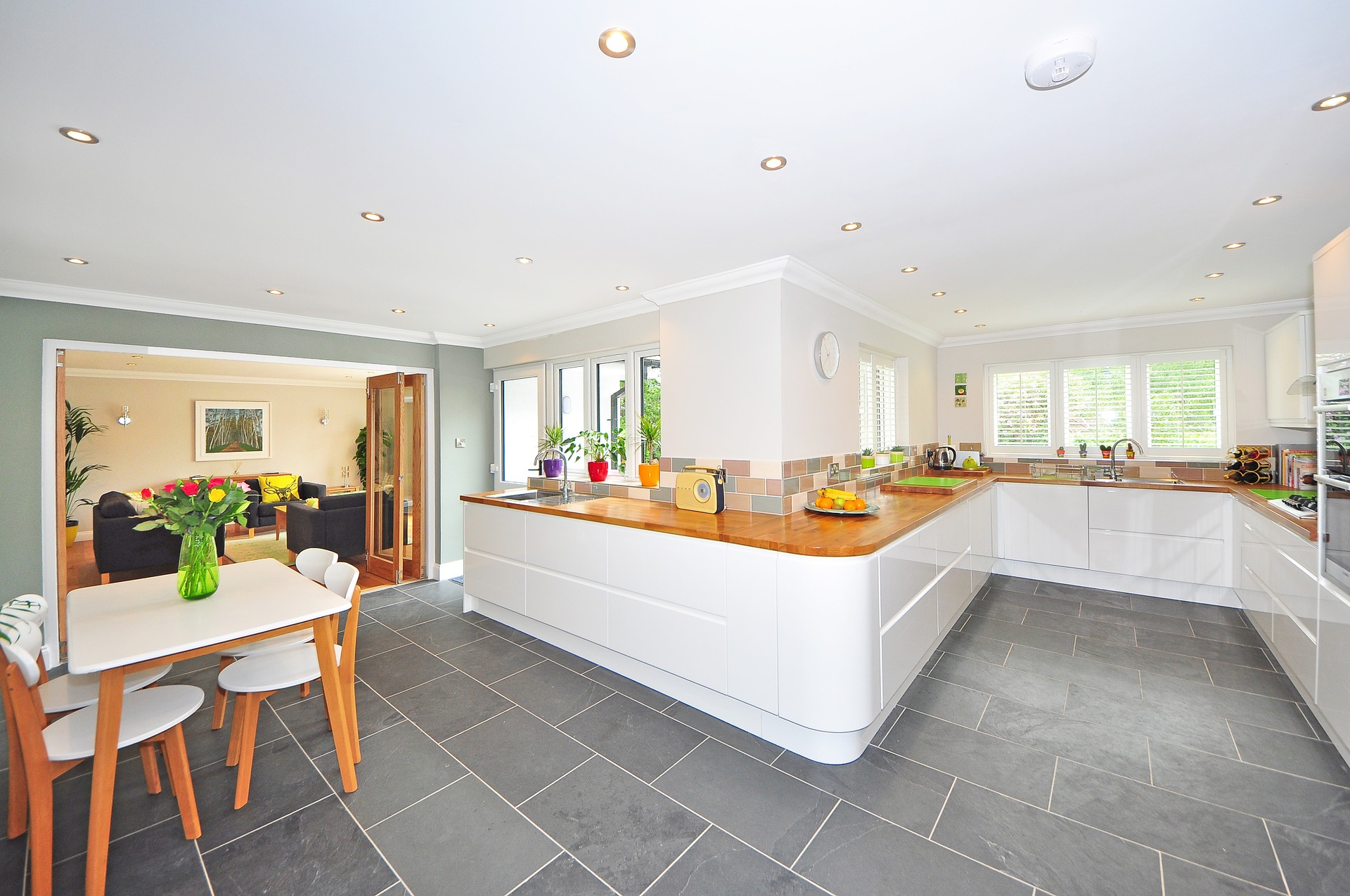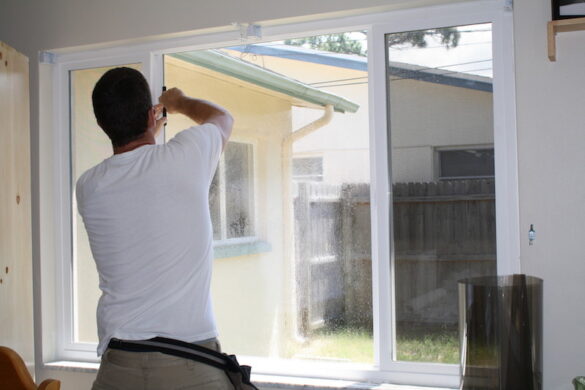
Do you love your homegrown vegetables but you are tight on space? There are many strategies that you can follow that will help you get a high yield vegetable garden. The popular strategy is planting in triangles other than the usual rows among others. Imagine, harvesting 200 pounds of tomatoes from just 200 square feet plot. It seems impossible to get such a yield but it is easier if you have the right strategies. Therefore, take your time and plan strategies that can work for your garden to achieve a super-productive garden. Below are some of the tips and strategies on how to get high yield vegetables on a limited space.
Plant vegetables in a raised bed with rich soil
Firstly, not many people agree with this strategy as a solution to high yields. It sounds cumbersome and time-wasting, yet it is the most advised way by expert gardeners. There are many vegetables that you can plant using this method. Thus, to make raised beds you require to build up soil which is one of the most vital factors to pump up yields. The deep organically rich soil used on raised beds, result in extra productive and extra lush growth of the vegetables. Due to healthy roots that extend in the soil to reach more water and nutrients. Hence, get the deep layer fertile soil and use it for your raised beds. Through this, you get yields four times better than those on a similar space planted in rows. Additionally, raised beds help to save a lot of time. As they are close enough you spend less time weeding as they crowd out competing weeds. Also, it gets easier to harvest and to water your vegetables.
Go vertical, grow more
To the gardeners that have small gardens, you can grow climbing plants to capitalize on space. Try tomatoes, peas, squash, melons. Support them with fences, stakes or cages and any other form you find best as the vertical pattern of growing vegetables saves time. Also, maintaining and harvesting are as fast as you see clearly where the fruits are. Importantly, this is a good way to prevent any fungal disease as there is improved air circulation around the foliage on the upward bound plants. Practice this strategy on your garden and appreciate the yield in which you get in your small garden space.
Try planting in triangles instead of rows
Once you have set up your raised beds. It is important to check how you arrange your plants if you want to get maximum yields. When you stagger the plants through planting them in triangles. It is better than planting in square patterns or rows. Through this, you will fit 10-15% more plants on each bed. Nonetheless, when you plant in triangles avoid spacing the vegetables too tightly. Either it is tomatoes, kale, zucchini, this list of vegetable varieties among others require specific spaces to reach their full yield than when crowded. Also, tight spacing stresses the vegetables, hence making them prone to insect and disease attack. More importantly, the number of plants per square foot are not as important as the weight yield per square foot.
Select compatible pairing
The native Americans had a classic inter-planting combination known as the “three sisters”. It consists of the bean, corn, and squash and is used to present day. Inter-planting a variety of compatible crops help save space and it also boosts yields in unique ways. In this example, the squash grows freely on the ground below and helps prevent the growth of competing weeds. While the cornstalks give support to the pole beans. Therefore, you can try this strategy with other compatible pairings like lettuce and peas; carrots, onions and radishes, and tomatoes basil and onions. Get guidance from a professional gardener to know how to interplant right and other compatible crops.
Try succession planting
This type of planting allows you to grow more than one vegetable in a specific space throughout a growing season. Therefore, it is important to know how best to time your crops carefully. This will enable you to harvest three to four crops from one single space. For example, choose an early crop with a fast-maturing one, then grow more greens within a single growing season. To do this successfully, select fast maturing plant varieties. Replenish the soil about a quarter-inch every time you plant. Finally, use transplants as they mature faster than directly sown seeds.
Round out the soil in your beds
Another strategy that makes a difference is the shape of your raised bed. Gently, round the soil to form an arc on your raised beds to make them more space-efficient. For instance, a 4 feet wide rounded bed, gives you a 5-foot-wide arc above it. Although it does not seem like much, it makes a difference in the total planting area, when you multiply it with the length of the bed. Also, there are ideal crops you can plant on the edges of the rounded bed like spinach, lettuce and other greens.
Cover the beds to stretch your season
When a growing season comes to an end, add a few weeks to each to buy time to grow another succession crop. Therefore, to achieve the extra weeks of production keep the air around your crops warm by using mulches, cold frames, or row covers. Optionally, give heat-loving plants like melons and eggplant an early start to spring and cover twice. One layer is to warm the soil the other to warm the air. Hence, by doing this you will stretch your season and gather more yields.
To sum up, the above ways to get high yield vegetables is proof that it is possible. However, the strategies need to be carefully implemented to savor the outcome. Therefore, if you are a passionate gardener and the only limiting factor is the amount of space you have, try the above strategies and still get high yields.









